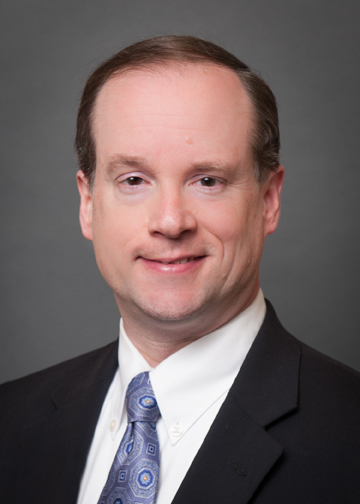When North Carolina Democrats Jim Hunt and Rufus Edmisten were running their races for U.S. Senate and governor in 1984, they kept as far away as they could from the Democratic nominee for president, Walter Mondale.
Hunt and Edmisten co-chaired the state’s delegation to the Democratic National Convention that summer, for example, but kept a low profile. Hunt declined an invitation to fill a prime speaking slot — held in San Francisco, as if the event’s leftward tilt needed an extra shove — while Edmisten tried to stay out of every camera shot. Later, when Mondale made a campaign stop in Asheville, Hunt and Edmisten arranged to be elsewhere.
Their opponents, Jesse Helms and Jim Martin respectively, did the opposite. They attached themselves firmly to the president who would go on to win 62 percent of the vote in the Tar Heel State. “If Ronald Reagan wins and Jim Martin wins, North Carolina wins,” the latter told audiences. Sen. Helms was reelected with 52 percent. Martin won the governor’s race with 54 percent.
In North Carolina, presidential contests always coincide with gubernatorial races and usually with U.S. Senate races. In the 2016 cycle — which features the two most unpopular presidential nominees since polling began — there has been a great deal of speculation about how Democratic and Republican candidates for statewide office will respond to the situation.
History offers some lessons here. But they must be interpreted carefully. Generally speaking, since North Carolina politics became truly competitive, Democrats have tended to outperform their presidential nominees while Republicans have tended to underperform theirs. From 1972 to 2008, for example, the Democratic nominees for North Carolina governor averaged nearly 230,000 more votes than their party’s presidential nominees did. Republican gubernatorial candidates got an average of 185,000 fewer votes than theirs.
In percentage terms, Democratic vote shares for governor averaged 10 points higher than their presidential shares, while the GOP gubernatorial average was eight points lower. The same kind of differential, although a bit weaker, was evident for U.S. Senate races in presidential years: on average, Democrats outpolled their presidential nominees by six points while Republicans fell short by three.
However, these averages obscure important variations. Both Lauch Faircloth in 1992 and Jesse Helms in 1996 attracted more votes for Senate than the respective tops of their tickets (George H.W. Bush and Bob Dole) got in North Carolina. And in both Gov. Martin’s successful 1988 reelection campaign and Jim Gardner’s unsuccessful 1992 campaign to succeed him, their vote totals were fairly close to the GOP presidential tally.
The biggest outlier of all was just four years ago, when Pat McCrory was elected governor with 55 percent of the vote while Mitt Romney barely squeaked by Barack Obama in the state. McCrory got 170,000 more votes than Romney did in 2012. His opponent, Walter Dalton, got nearly 247,000 fewer votes than Obama.
At this writing, the 2016 presidential race appears to be tightly contested in North Carolina. Most recent polls have Hillary Clinton ahead of Donald Trump, but not significantly. Burr currently leads his Democratic challenger, Deborah Ross, by an average of six points. McCrory and his Democratic opponent, Roy Cooper, are tied.
Unless the national conventions result in a big swing in presidential preference here, my guess is that all these statewide candidates will choose to focus on their own races and decline to “nationalize” them through a large number of joint events or ad campaigns. They know that, although partisan voting has generally increased, quite a few North Carolinians continue to split their tickets, including in the past three presidential cycles. It’s too risky for these candidates to strap themselves to someone else’s mast and pray for good weather.
On the other hand, Democrats have generally been the ones to gain from decoupling the state and national trends. Republicans have never won a race for U.S. Senate or governor in a year in which their presidential candidate did not win at least a slight plurality in North Carolina.
Will 2016 be different?
John Locke Foundation chairman John Hood is the author of Catalyst: Jim Martin and the Rise of North Carolina Republicans.


